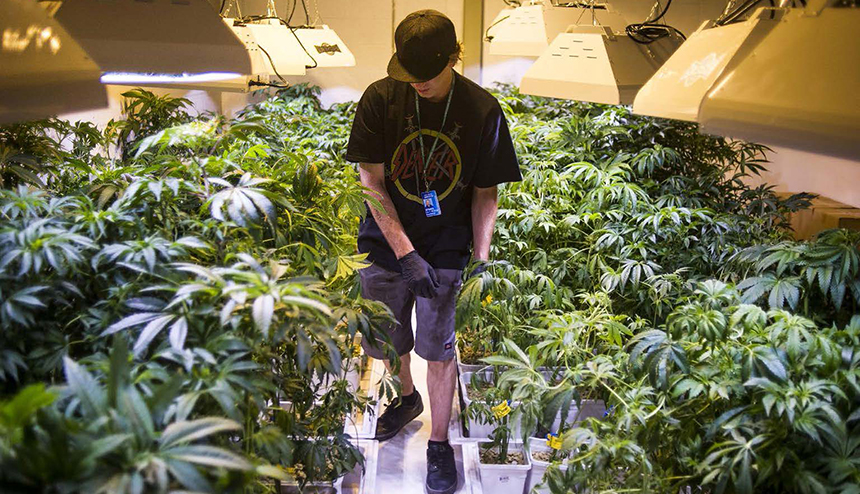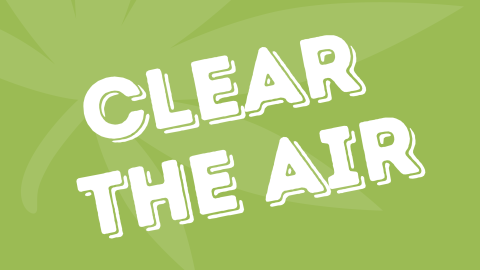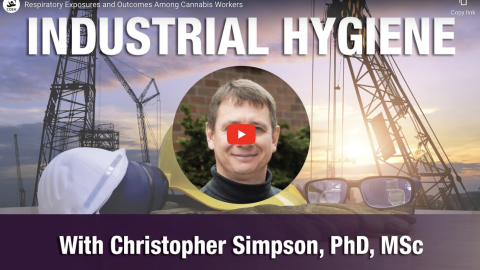PNASH Contact
Regional Guidance
Protecting a new workforce
Over the past decade, there has been a dramatic expansion of the cannabis industry across most US states. Although thousands of new employees are joining the workforce each year, very little is known about the occupational hazards and potential health effects for workers involved in cannabis cultivation. Learn more about work stages and key risk areas
On-the-job exposure
Occupational health concerns among cannabis workers include potentially hazardous exposures to ultraviolet (UV) radiation, mold, volatile organic compounds, particulate matter, and ergonomic injuries.
In the News
Massachusetts Department of Public Health calls for tougher action by cannabis industry to improve health and safety after work-related asthma death | November 16, 2023 | State of Massachusetts, Department of Health, Press Release
Cannabis Flower Technician Experiences Fatal Asthma Exacerbation - Massachusetts | November 16, 2023 | Massachusetts State FACE Program
Death of Cannabis Production Worker Highlights the Under-Recognition of Work-Related Asthma: Healthcare Providers are Key Partners in Prevention | Fall 2023 | Massachusetts Department of Public Health, Occupational Lung Disease Bulletin for Healthcare Providers
The Myriad Health & Safety Risks for Cannabis | October 25, 2023 | Migrant Clinicians Newtwork
Washington legal pot farms get back to work after pesticide concerns halted operations |July 15, 2023 | Associated Press
Study explores potential cannabis related health concerns to protect industry workers | July 2, 2021 | Spokesman-Review
Cannabis industry workers face unknown occupational hazards | October 21, 2020 | Cannabis Equipment News
Protecting the pot workforce | August 29, 2018 | Health and Safety Matters




